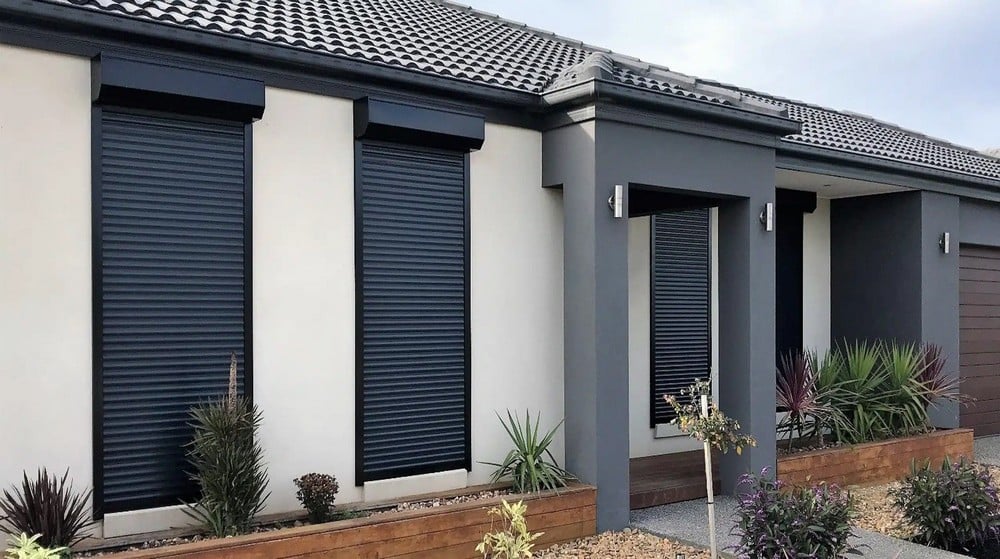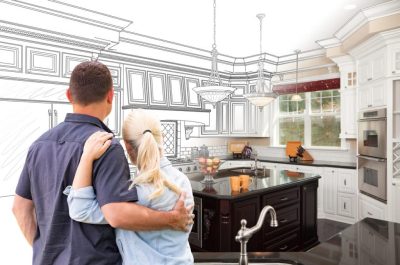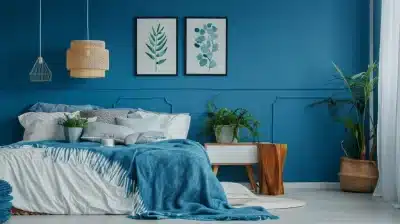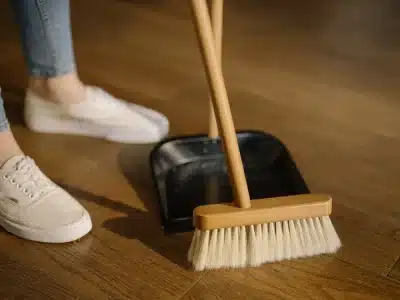
Roller shutters offer a practical, multi-purpose solution for enhancing a home’s security, weather resilience, light control and acoustic insulation. Installed over windows and doors, they form a continuous barrier whose performance can be quantified through standardized tests and field measurements.
1. A Solid Physical Barrier
When closed, roller shutters create a sturdy shield of interlocking slats—often made from aluminum, steel or composite materials—that helps prevent unauthorised access. In Europe, shutters are rated under RC (resistance class) standards. For example, an RC2-rated shutter resists forced entry with basic tools for at least 3 minutes, while an RC3 shutter withstands more aggressive attacks for 5 minutes or longer.
Beyond formal ratings, the visual presence of a shuttered opening reduces break-in attempts. In one case study, a suburban home fitted with shutters on all ground-floor windows recorded 0 attempted intrusions over 12 months, compared with 5 attempts at neighbouring properties during the same period—a 100% drop in local break-in attempts for that house.
2. Weather Resistance and Energy Performance
Roller shutters protect glass and frames from wind-borne debris, hail and heavy rain. Wind-tunnel tests commonly certify shutter assemblies up to 120 km/h wind speeds.
Thermally, shutters act as an added insulation layer. Independent field tests show up to a 30% reduction in heat loss (U-value improvement) through shuttered windows. For a typical mid-terrace house, this translated into an 18% decrease in winter gas consumption—saving around £220 over a three-month heating season.
3. Adjustable Light and Privacy Control
Shutters can be positioned at any height, offering from 0% to 100% daylight blockage without swapping window treatments. This precision lets occupants fine-tune glare—reducing solar gain by up to 50% when shutters are half-closed—while full closure achieves complete blackout and privacy.
4. Noise Reduction
By creating a secondary barrier over glass, roller shutters reduce external noise by 20–35 dB, depending on slat thickness, seals and mounting method. In one measurement outside a flat near a busy station, peak interior noise levels fell from 65 dB (traffic) to 40 dB (quiet suburb standard)—a 25 dB reduction that notably improved sleep quality.
5. Operation and Integration Options
Shutters are available with manual or motor-driven operation. Motorised systems often use 20 Nm to 60 Nm torque motors, enabling automation features such as:
- Scheduled closing at dusk or during high-wind alerts (via integrated sensors).
- Remote control through smartphone apps, with response times under 2 seconds.
- Voice-assistant compatibility for hands-free operation.
Even manual chain-drive systems deliver the same basic protection metrics, though without automation convenience.
6. Cost Considerations and Long-Term Benefits
Installation costs typically range from £300 to £800 per opening, including labor. Over a year, energy savings of up to 30% on heating and cooling help offset this investment. In some jurisdictions, insurers may recognize shuttered homes with premium adjustments of 3–7%, reflecting reduced claims from break-ins or storm damage.
7. Complementary Measures
Roller shutters work alongside other protective solutions:
- Security film can add up to 4 kJ/m² of impact resistance to glazing.
- Laminated glass panes achieve P2A to P4A ratings, slowing forced entry.
- Exterior grilles provide a permanent barrier but offer no thermal or acoustic benefits.
- Alarm systems and cameras add active detection; integration with shutters can trigger automatic closure upon intrusion alerts.
By understanding these quantified performance figures—resistance times, energy savings percentages, noise-reduction decibels and cost ranges—homeowners can make informed decisions about whether roller shutters align with their goals for safety, comfort and efficiency.








